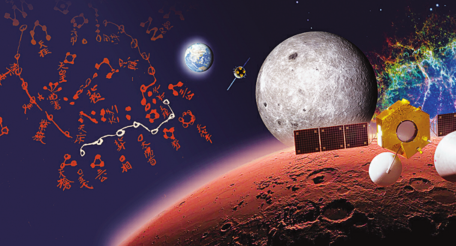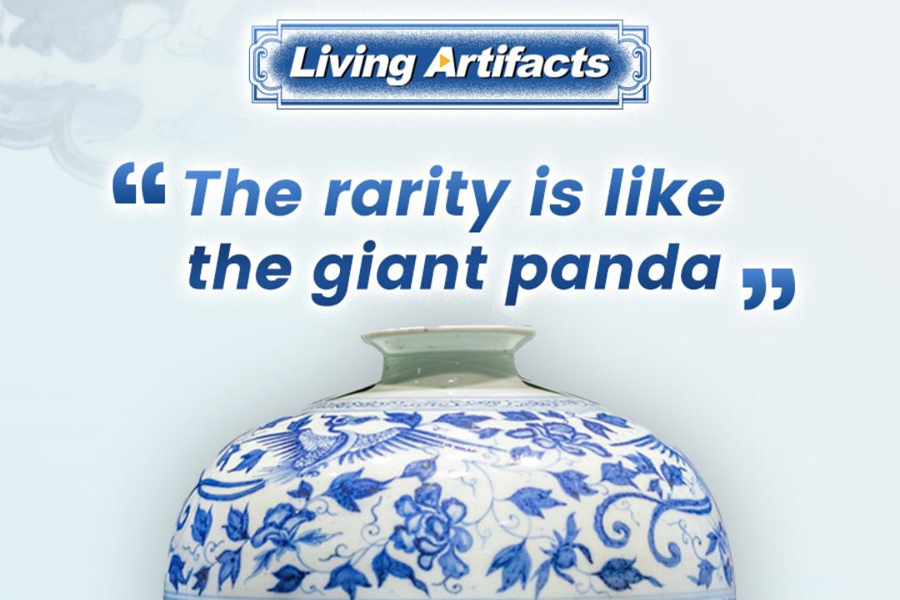Heritage offers different view on heaven

While the progress of China's Tiangong space station continues to fascinate fans of all things lunar and planetary around the world, anyone wanting to find out more about the past, present, and future of China's involvement with the stars can make the slightly easier journey to Greenwich in London.
On Dec 16, the latest event on the Chinese astronomy program will take place at the Royal Observatory Greenwich, giving visitors a chance to learn all about China's connection with the heavens, beginning from its history.
Tania de Sales Marques, a senior astronomy manager at the observatory who is originally from Macao, told China Daily that when the venue was looking to expand its programming and audience reach, China was an obvious choice.
"Part of our community strategy is to run events that would appeal to audiences who might not necessarily usually come to us, so first of all we did the astronomy of Islam, which was really successful, and we decided we wanted to develop it further," she said.
"We looked around at local communities that have a rich history of astronomy — ancient and modern — and with me in the team and my background and professional connections, it just made sense to do something about China.
"People are really interested in learning about different ways of looking at the stars, and also learning about the long and rich history of observations, some of which are very accurate, and even though they're hundreds of years old, still guide astronomers today."
With a history of astronomical study and observation dating back to Gan De and Shi Shen in the 4th century BC, China has a huge heritage of celestial observation, which, as Marques put it, "connects pieces of a puzzle that help with modern understanding".
According to the Britannica website, the Crab Nebula, a supernova remnant that is particularly clearly visible in winter, was discovered by British astronomer John Bevis in the 1700s. But centuries earlier, Chinese observers were aware of it.
"We use modern things like the Hubble telescope to observe it today, but we know that ancient Chinese astronomers observed it in 1054, when they saw a star come up in the sky for a short time, then disappear," Marques said.
In ancient times, astronomers held positions of great responsibility, as their ability to read the heavens and make predictions contributed to the power and authority of emperors.
The way that the heavens are still significant in Chinese culture for dates, such as the Lunar New Year and choosing auspicious days for events like weddings, showed that there was still a cultural affinity to the lights of the night sky, Marques said.
Fascinating approach
"What is most fascinating is how much more complex the Chinese approach is than the Western approach we use today. The sheer number of asterisms, how they work together — everything has a meaning, makes you think about the sky in a different way," said Anna Gammon-Ross, a senior planetarium astronomer at Greenwich.
"The contemporary Western view is that we see the stars in 88 constellations, but the Chinese have hundreds, some of which are absolutely tiny, then within that, they group asterisms together to make bigger groups," she said. "The planetarium show isn't hardcore science — you don't need to know the physics, you can look at nice things and learn something."

Today's Top News
- No reason for Germany to let political expediency hurt relations with China
- Book on Xi's views on strengthening, revitalizing armed forces published
- China supports Ukraine peace talks between all parties
- China to hold press conference on military parade preparations
- Vast gap has to be bridged for peace to arrive in Europe
- AI powering China's industrial evolution





























